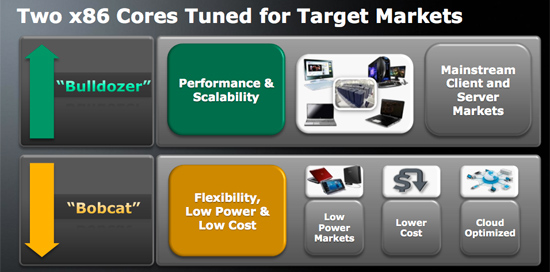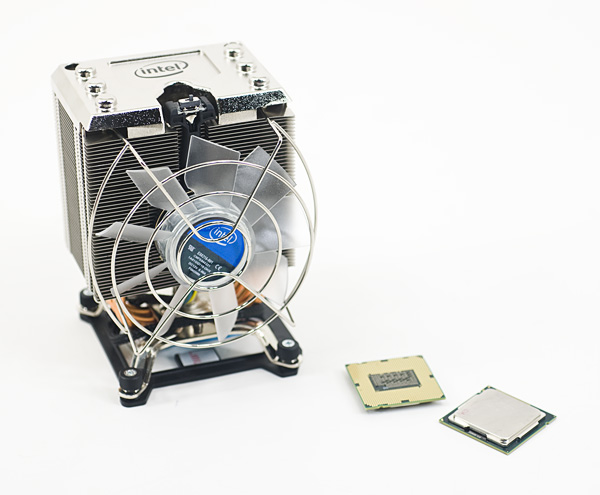It's the "world's smallest SSD" encased in a Swiss Army Knife.
Victorinox, maker of the original Swiss Army Knife, has combined its flagship product with what it dubs as the world's smallest solid-state drive. Called the Victorinox Secure SDD, the device stores up to 256 GB and reportedly offers double the read speeds and triple the write speeds of USB flash drives with the same size.
As expected, the storage device comes packed with the standard features: scissors, a straight blade, and a nail file/screwdriver. For the not-so-adventurous, the tool also provides USB 2.0 and eSATA II connectivity, a 32-bit processor with hardware error correction, secure data encryption, and dynamic power management. There's even an LCD/e-paper display that shows how much space is available on the drive.
On the software front, the drive provides a suite of tools for automatic backups, managing bookmarks and favorites, synchronizing documents and folders between more than one computer, synchronization of Office Outlook or Outlook Express files, and password management. The software also provides Zero-Footprint capability to ensure anonymity while browsing for other less-geeky knives online.
Victorinox also revealed two additional, smaller models: the 64 GB Victorinox Slim and the 128 GB Victorinox Slim Duo. Both are waterproof, shock-resistant and come in various colors. Despite the smaller capacity, both drives also sport scissors, a blade, and a nail file/screwdriver. There's even a "flight friendly" version to please airport security checkpoints, offering the knife/SSD duo without the suspicious tools.
Pricing and availability was not provided, so stay tuned.

















